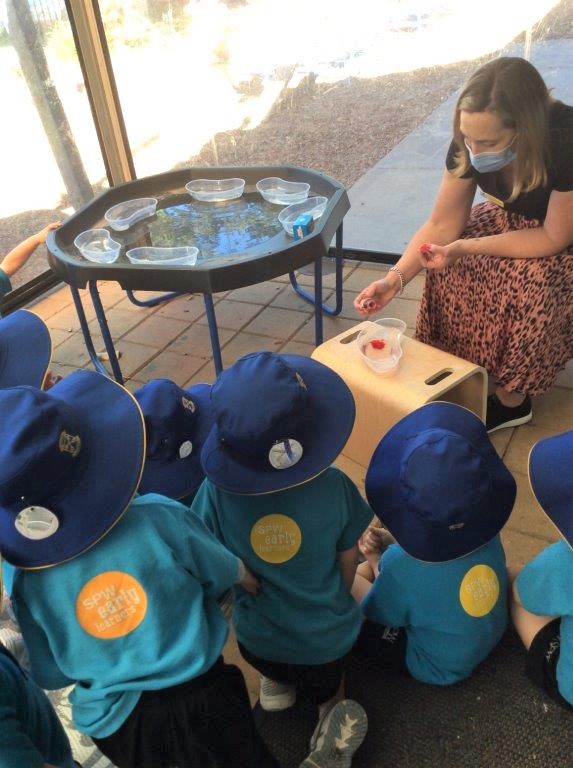“Wow it travels so quickly”. “Wait we need to move this higher to get more speed”. “Gravity will give it more speed”. Pera & Tilly 4WK
These are the sorts of comments you hear as students engage collaboratively in tasks connected to real world problems in STEM learning at SPW.
What is STEM? (Science, Technology, Engineering & Maths)
When engaging in STEM learning, students learn in four specific disciplines, integrating concepts that are usually taught as separate subjects – science, technology, engineering and mathematics – in a transdisciplinary approach. Rather than teach the four disciplines as separate and discrete subjects, STEM integrates them into a cohesive learning based on real-world applications and emphasises the application of knowledge to real-life situations.
STEM opportunities at SPW are engaging, relevant, significant and challenging learning experiences. Our students from ELC through to Year 6 have many wonderful opportunities to inquire finding solutions to real-world problems.

Using the PYP curriculum framework students will inquire into 6 transdisciplinary themes that allow for inquiry where students can strengthen their conceptual understandings, knowledge, skills and dispositions across, between and beyond the disciplines. These themes all lend themselves to STEM inquiries in a variety of ways. Year 2 students in Term 2 will inquire into the theme How The World Works. Through this theme they observe and explore the lifecycle of chickens where they observe them in incubators, measuring how long it takes them to hatch, the scientific principles of light and warmth and the effect it has. Understanding the technology of incubators and being able to make connections to real life situations.
This term Year 4 students have inquired into Who We Are, while the inquiry focus was about developing social skills and working collaboratively they used STEM conceptual understandings and knowledge to build the tallest balloon towers. Students used their communication skills to listen to others ideas, their thinking skills to critically analysing, problem solving, and reflecting, making creative changes to complete the task.
Lessons in Digital Technology and Design Technology develop skills and knowledge in designing, making and creating, coding and robotics. These are then applied in various opportunities across the year levels.
What separates STEM from the traditional science and math education is the blended learning environment and showing students how the scientific method can be applied to everyday life. It teaches students computational thinking and focuses on the real-world applications of problem solving.
This article is written by Lisa Harris, Director of Innovation and Enrichment at SPW.